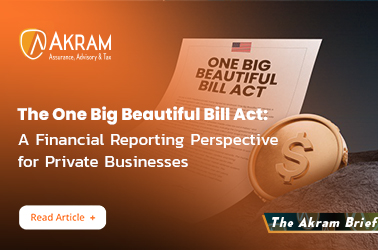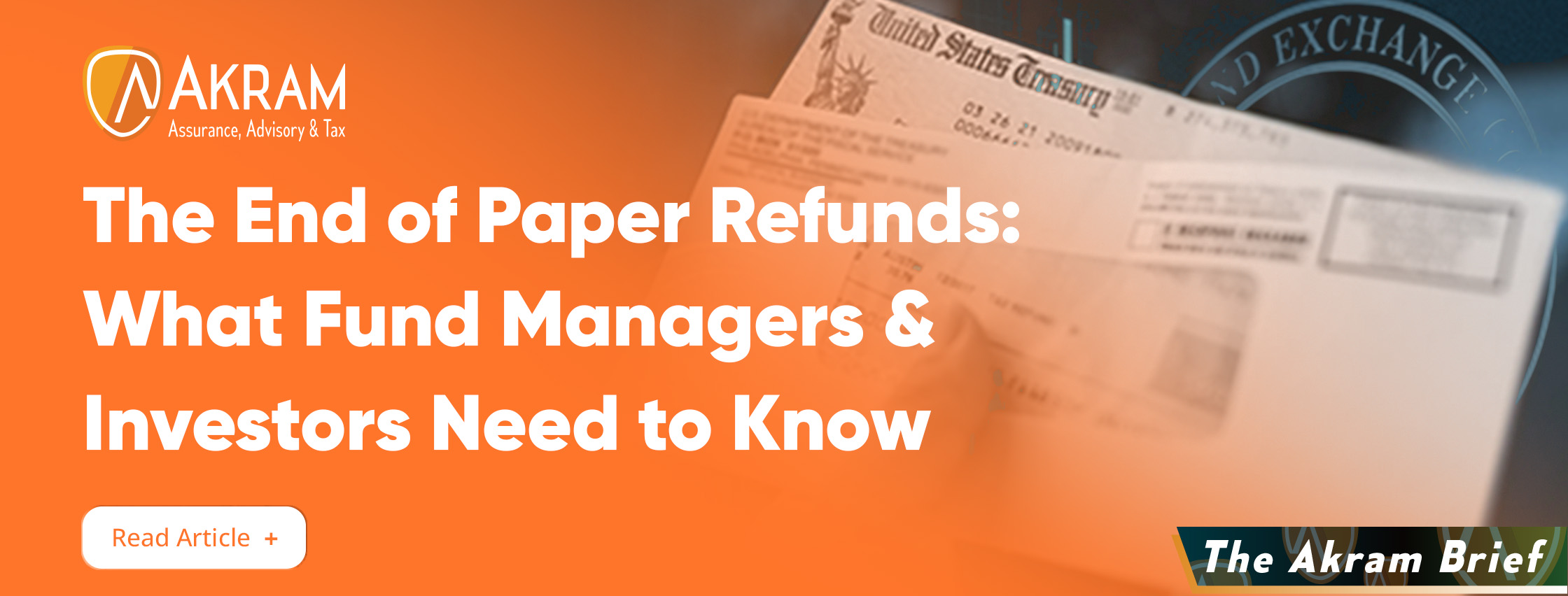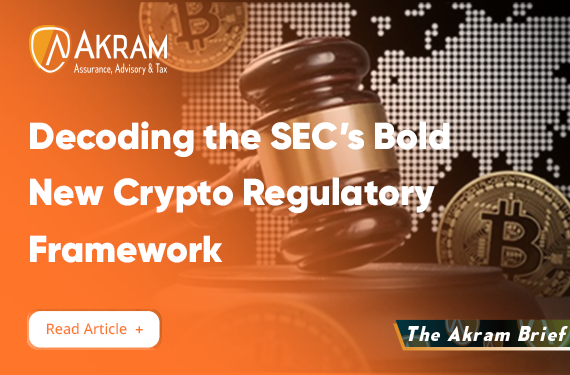Paycheck Protection Program (PPP) Second Draw Loans
Congress has passed its spending bill, the “Consolidated Appropriations Act (CAA), 2021” on December 21, 2020 which includes Additional Coronavirus Response and Relief (ACRR). The President Trump has signaled he will sign the bill. ACRR includes a provision that provides $284 billion for paycheck protection program second draw loans.
Eligibility Criteria for Second Draw PPP Loans
Prior PPP borrowers must meet the following conditions to be eligible for the second draw loans
- Fewer than 300 eligible employees, on an affiliated company basis (or fewer than 500 eligible employees for businesses with multiple locations).
- Have used or will use the full amount of their first PPP loan; and
- Demonstrate at least a 25% reduction in gross receipts in the first, second, or third quarter of 2020 relative to the same 2019 quarter. Applications submitted on or after January 1, 2021 are eligible to utilize the gross receipts from the fourth quarter of 2020.
Eligible Entities
Eligible entities include for-profit businesses, certain non-profit organizations, housing cooperatives, veterans’ organizations, tribal businesses, self-employed individuals, sole proprietors, independent contractors, and small agricultural co-operatives. Specifically excluded are public companies, lobbying entities, entities with China-based ownership and venue operators receiving aid under the venue grant section of the Act.
PPP Loan Criteria and Improvements
The maximum loan amount an eligible entity can receive is the lesser of $2 million- or 2.5-times monthly payroll costs incurred during the one-year period before the loan is made, or during calendar year 2019 (3.5 times monthly payroll if the entity’s NAICS code is 72: Accommodation and food Services). ACRR maintains the 60% payroll (40% non-payroll) expense requirement of the PPP Flexibility Act.
ACRR also makes the following improvements that can be retroactively applied to all PPP loans:
- Tax deductibility of all qualified expenses paid with PPP funds is allowed.
- PPP allowable and forgivable expenses are expanded to include operating expenses, property damage costs (caused by acts of civil unrest), supplier costs and worker protection costs (both operating and capital costs).
- Borrowers can now choose any 8- to 24-week period as their loan forgiveness covered period.
- Economic Injury Disaster Loan (EIDL) grants will no longer reduce PPP forgiveness.
- A simplified forgiveness application for PPP loans of less than $150,000 will be limited to borrower certifications.
- Forgiven PPP loan funds will be considered tax-exempt income and will increase owners’ basis in pass-through entities.
Application of exemption based on employee availability.
ACRR extends current safe harbors on restoring full-time employees and salaries and wages. Specifically, applies the rule of reducing loan forgiveness for the borrower reducing the number of employees retained and reducing employees’ salaries in excess of 25%.
CAA also modifies or extends other individual and business-friendly provisions, including the employee retention tax credit, business meal deductions, retirement plan distribution relief and more.







